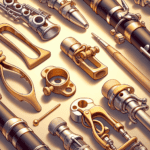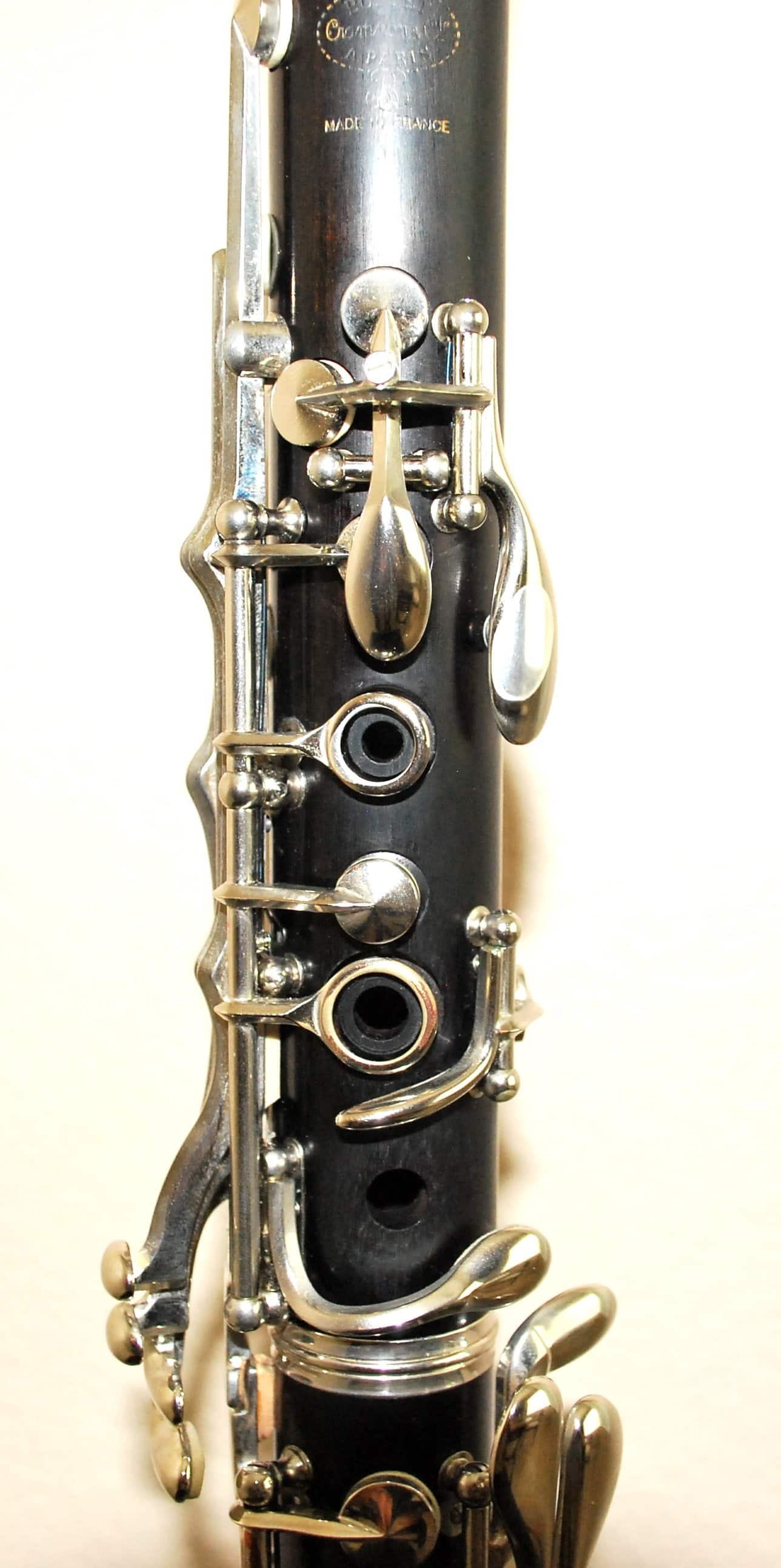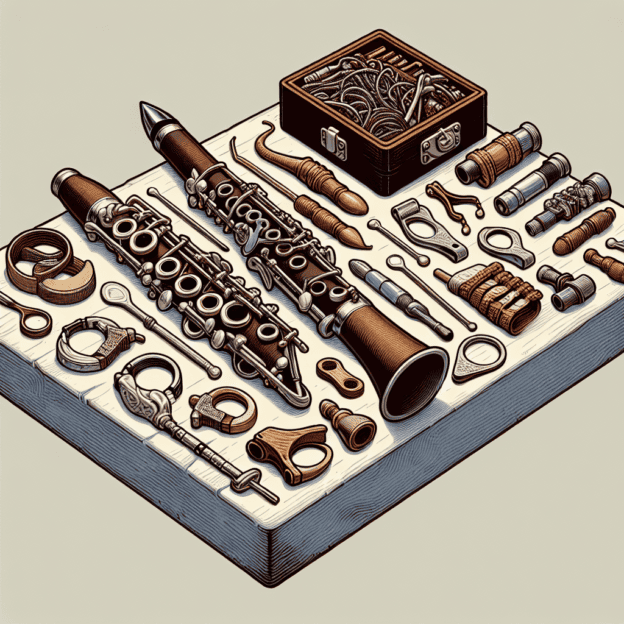What Is a Clarinet Ligature?
Let's talk about something that might seem small but plays a big role in clarinet playing: the ligature. You might be wondering, what does it actually do? Simply put, a ligature is the part that keeps the reed attached to the mouthpiece. It sounds simple enough, but here's the kicker: the ligature you pick can really change your sound!
Types of Clarinets and Their Ligatures
Ligatures come in all sorts of shapes and sizes. The classic metal ones are a hit with many players because they last long and perform consistently. They often give a sharper, more defined sound because they're so rigid. But if you're after a softer, warmer tone, you might want to check out fabric or leather ligatures. These are a bit more flexible, which can make your notes sound gentler when you start playing them.
Have you ever tried a ligature made from synthetic materials? They're pretty interesting – they often strike a nice balance between warmth and clarity. You might be surprised by how versatile they can be!
| Ligature Material | Sound Characteristics | Best Suited For |
|---|---|---|
| Metal | Focused, bright | Classical music |
| Fabric/Leather | Warm, mellow | Jazz, blues |
| Synthetic | Balanced warmth and clarity | Versatile, all genres |
The Impact of Ligature Design
Let's talk about how the design affects sound. The way a ligature fits around the reed can really change how it vibrates. If it's too tight, it might choke the reed and make your sound less expressive. But if it's too loose, your tone and pitch might wobble all over the place. It's all about finding that perfect balance.
Some clarinet players really prefer one design over another. A round ligature might sound different from a flat one. Each one works with the reed in its own way. Have you tried out different styles?
Material Matters
The stuff your ligature is made from can really change your tone. Metal ligatures, especially brass or silver ones, often make a brighter sound. That's why a lot of classical musicians like them. But if you're into jazz and want a warmer, bluesy tone, you might prefer the softer materials used in fabric ligatures.
Think about how your ligature works with your reed. The reed has its own personality, and the ligature helps bring that out. If you haven't tried different materials yet, give it a go—you might be surprised by how they change your sound!
Personal Experience: Choosing My Ligature
I remember when I first started exploring different ligatures. I picked a basic metal one, thinking it would be fine. But then I tried a leather one. Wow, what a difference! My tone suddenly became richer and more rounded. I was amazed at how such a small change could make such a big difference in my sound!
Maintaining Your Ligature for Optimal Performance
Once you've found a ligature you love, take good care of it. Clean it regularly to prevent any buildup that might affect your sound quality. A clean ligature means a clean sound. Keep an eye out for any wear and tear as your ligature gets older. If it's cracked or damaged, it might cause unwanted buzzing or distortion.
Remember, the ligature is just one part of the puzzle. Pair it with a good reed and mouthpiece to get that perfect sound!
Final Thoughts
So, what's the big takeaway? The ligature you choose can really change your clarinet sound. It can make the difference between just playing notes and really expressing yourself through your music. Don't just stick with what you've always used—try out different options! Experiment with different materials, styles, and designs. You might find a new favorite that makes your playing even better.
When you're playing the clarinet, don't forget about the importance of a good ligature. It might be small, but it can make a big difference. Have fun playing!







